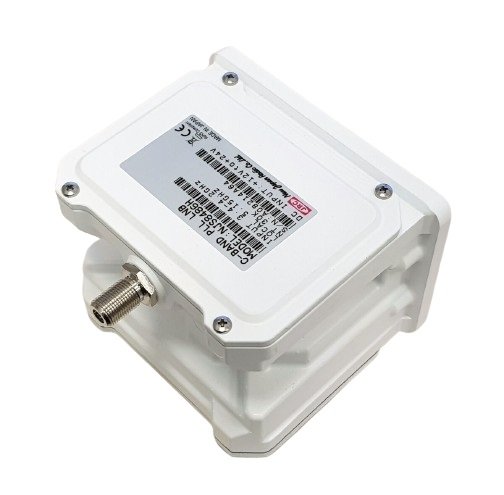
Introduction: The Low Noise Block (LNB) is an essential component of any VSAT satellite internet system. It plays a crucial role in receiving and converting satellite signals for reliable and efficient internet connectivity. This blog explores how LNBs work, why they are important, and how to select the right one for your VSAT setup.
Section 1: What is an LNB and How Does It Work?
- Define the LNB and its role in a VSAT satellite internet system.
- Explain how an LNB receives signals from the satellite and converts them into lower frequency signals for the modem.
- Discuss how the noise figure and gain of an LNB impact the overall quality of the satellite internet connection.
Section 2: Types of LNBs for VSAT Systems
- Standard LNBs: Used in most Ku-band VSAT systems for basic internet connectivity.
- Dual and quad-output LNBs: Ideal for systems requiring multiple connections or users.
- Ka-Band LNBs: Designed for use with Ka-band satellite systems, offering high data rates for bandwidth-intensive applications.
- Highlight GCCSAT’s extensive line of LNBs, including products for C-Band, Ku-Band, and Ka-Band systems.
Section 3: How to Choose the Right LNB for Your VSAT System
- Frequency compatibility: Ensure the LNB is designed for the frequency band you’re using (e.g., C-Band, Ku-Band, or Ka-Band).
- Noise figure: Choose an LNB with a low noise figure to improve signal clarity and reduce interference.
- Durability: Ensure the LNB is built to withstand extreme weather conditions and provide long-lasting performance.
- Discuss how GCCSAT provides industry-leading LNB equipment that ensures high performance and reliability.
Conclusion: The LNB is a small but critical component in any VSAT satellite internet system. Choosing the right LNB can make a significant difference in the reliability and speed of your internet connection. GCCSAT offers a full range of LNBs tailored to different frequency bands and operational needs, ensuring you get the best performance from your VSAT equipment.
